Hurry Up, Sale Ends in
D |
H |
M |
S
Diamond buying isn’t an easy task. It involves a lot of work and careful understanding because investing in diamonds is a clever yet expensive process. Therefore, when you buy a diamond, you need to look into multiple factors and choose the right one that will fit your budget and is also high quality.
For instance, while buying a diamond, it’s vital to check the 4Cs - carat, cut, clarity, and colour. These are the standard categories that determine the quality of a diamond. Likewise, you should know a few other things about diamonds before choosing the perfect diamond to invest in. Fret not, with this Sunshine Diamonds guide, you will learn everything about diamonds, beginning with the understanding of carat and certification to the differences between lab-grown diamonds and natural diamonds, and a lot more.
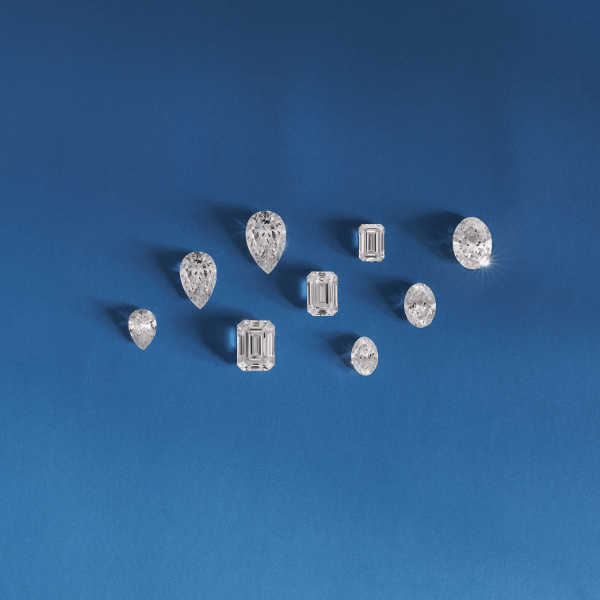
The history of the name "carat" is quite fascinating especially because it isn’t directly related to diamonds or any gems. Before weighing stones were found and used, people took the seeds of the Carob tree and employed them as a way to weigh valuable stones on the balancing scale. The weight of the carob tree seeds was always consistent which helped the gemstone sellers to measure accurately. Over time, people started referring to the unit of measurement of gemstones as carat, derived from the carob tree name. At present, a carat is the standard measurement for 200mg. Carat helps buyers and sellers comprehend the weight of a diamond and calculate its worth.
The price of a diamond is directly proportional to the carat weight. The more the carat, the more the price. That said, a higher-carat diamond might still not shine enough. It is because the carat alone doesn’t determine the appearance of a diamond. You must look into the other C’s as well to get a better-looking, clear diamond.
With the use of exact scales that can weigh stones to the tenth of a carat, carat weight is precisely determined. It's critical to keep in mind that a diamond's overall look is influenced by several other elements, including cut and shape, in addition to carat weight.
Carat size is an important factor to consider. However, you can always choose to give more priority to one of the four C’s in diamonds. For instance, you may always like a better-cut diamond even if it’s small in comparison to a higher-carat size diamond which isn’t sleekly cut. But some may still prefer a larger one. Therefore, based on personal preferences, you can choose to give more priority to one-carat size.
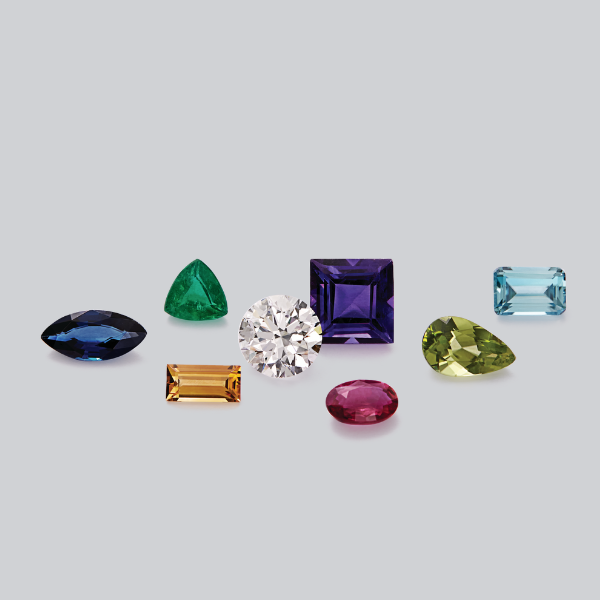
There are a few factors you can consider while checking the carat quality of diamonds. When evaluating a diamond's carat weight, take into account the following elements.
Shape: Despite having the same carat weight, different forms may appear bigger or smaller.
Proportion: Make sure that the table sizes and depth are within the recommended values for maximum brightness.
Certification: Make sure the diamond is certified by reliable agencies, such as the AGS or GIA, which offer thorough assessments of the stone's carat weight, cut, colour, and clarity.
Historically, the technique of cutting diamonds evolved from simple methods, where diamonds were merely shaped, to advanced techniques that maximize their optical performance. A well-cut diamond reflects and refracts light beautifully.
You can determine the quality of a diamond cut based on the shine, proportions, dispersion of light into various colours, and other factors.
Cut influences how the light performs in the diamond. Polish determines the smoothness of the diamond while symmetry is the craftmanship of how well all the facets of the diamond sync with one another, giving the overall shine to the diamonds.
What is a crown - The upper portion of the diamond
What is a girdle - The thin band that encircles the diamond and ensures the diamond’s durability. It is between the crown and the pavilion.
What is a pavilion - A pavilion is the lower portion of the diamond. The depth of the pavilion and its angle impact the light reflected within the diamond.
What is a culet - A cutlet is a small part of the bottom point, and it’s sometimes even absent in diamonds.
The round brilliant cut is frequently regarded as the "best" diamond cut. This cut is well known for its remarkable brilliance and capacity to optimize light return. A well-cut diamond always shines better. Besides, when a diamond is cut well, it looks bigger than its size and sparkles.
Unarguably, the top-selling diamond cut is the round brilliant cut and it’s always in higher demand across the globe.
The better the cut, the shiner the diamond is. Therefore, the cut grade affects the price of the diamond in significant values. When the cut grade is higher, the diamond is of higher quality and as a result, it is priced higher for the superior shine and brilliance.
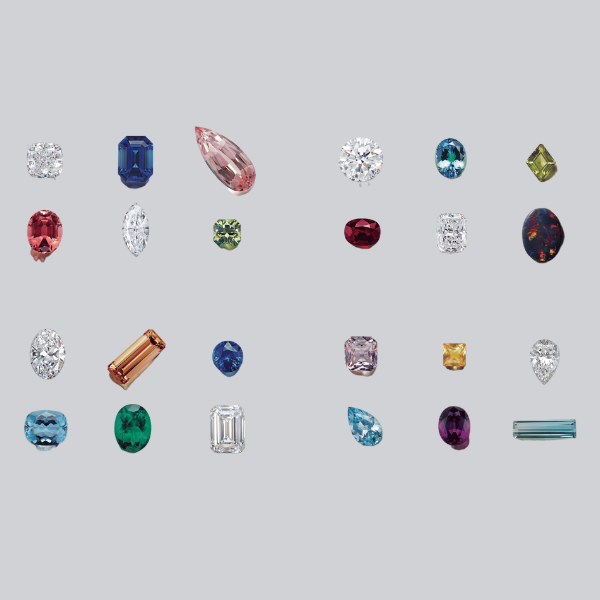
The diamond colour is impacted by elements present in the diamond. Colourless diamonds are quite famous and are considered the highest-quality diamonds. However, when there are some elements like say nitrogen in a diamond, the gem takes on a yellow hue. Similarly, the diamond colour varies based on the element present in it.
The Gemological Institute of America (GIA) has a standardized scale for grading diamonds. The grading ranges from D, which is colourless and refers to the highest quality to K-Z which is light yellow or brown, the most noticeable colours.
Assessing a diamond under controlled lighting conditions helps assert its colour quality and grading.
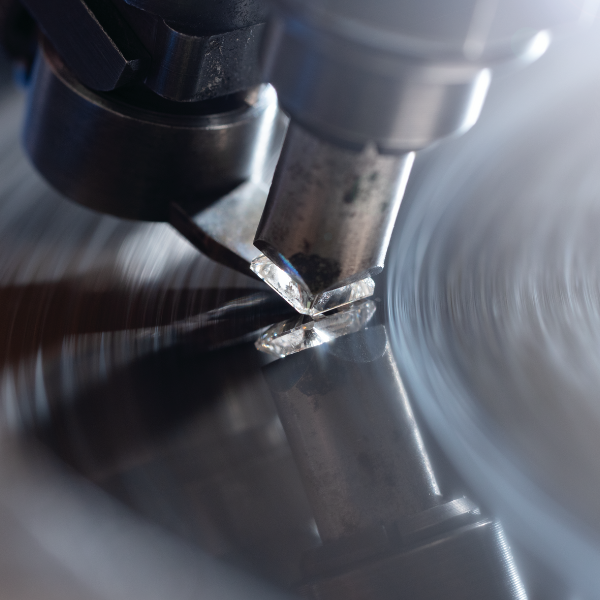
Diamond clarity is one of the four C’s and is somehow affected by the colour and cut of a diamond as well. Diamond clarity is about the presence of internal or external flaws in the diamond.
Just like other Cs, GIA also grades the clarity of a diamond. Here are the grades of diamond clarity, ranging from slightly included 3 to very very slightly included 1, the latter being one of the best qualities.
VVS1 - Very Very Slightly Included 1 (Inclusions are difficult to see even under 10x magnification)
VVS2 - Very Very Slightly Included 2
VS1 - Very Slightly Included 1
VS2 - Very Slightly Included 2
SI1 - Slightly Included 1
SI2 - Slightly Included 2
SI3 - Slightly Included 3 (Not included by GIA but many describe diamonds with significant blemishes)
Just like other Cs, there is a standard way used to grade the clarity of a diamond. The diamond is examined under magnification and the blemishes are explored. Other factors like size, position, and colour too are taken into account while checking the blemishes.
As a part of the 4Cs which determine the quality of a diamond, diamond clarity is quite crucial and can affect the appearance and value of the stone.
Not really. As we previously discussed, the diamond of the VVS1 category has inclusions that are not visible even under 10x magnification. Therefore, diamonds graded from VVS and VS do not have blemishes that are visible to the naked eye. However, diamonds graded in SI might have inclusions visible to the naked eye.
The best diamond rings for an engagement could depend on your budget preference as well. On average, many people opt for VS1 and VS2 grades because they balance both cost and quality.
Not really. All 4Cs affect the quality of diamonds in different ways. Even a higher-clarity diamond if not cut precisely might not be a brilliant one. While higher clarity is important, a lot of the inclusions in VS are not visible to the naked eye, and quality ones will still have a visual appeal besides the minor inclusions.
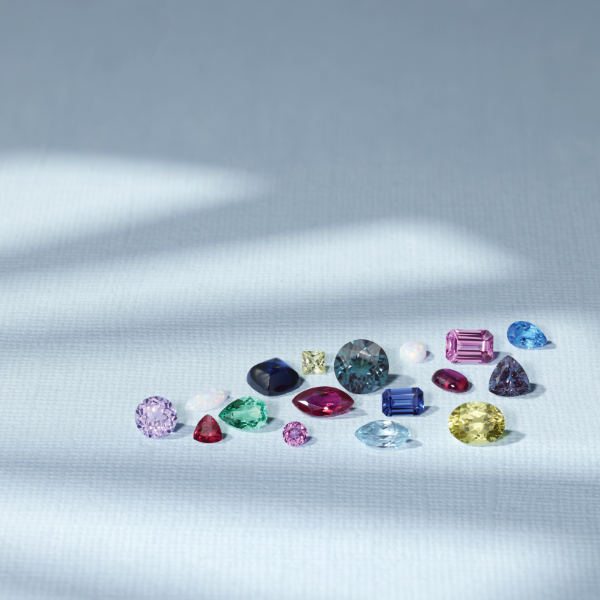
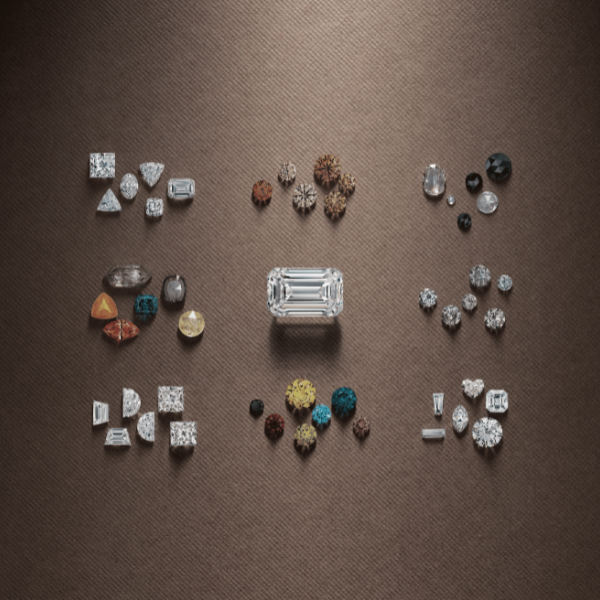
Round - The classic shape for an engagement ring .
Princess - Princess-shaped diamonds have a square silhouette and shallow crown, offering maximum sparkle.
Oval - The oval-shaped diamond is classic like the round one but looks more unique.
Marquise - The pointed oval-shaped diamond has refined curves, which makes it look modern.
Pear - Pear is a stylishly cut diamond that has triangular facets and they make the stone shine brilliantly
Cushion - The cushion shape is a square or rectangular stone with rounded corners.
Emerald - These are long, elegant rectangles that make the fingers look slender.
Asscher - These are square-shaped diamonds with pointed culets and square cut corners.
Radiant - It has a complex facet pattern with a soft, corner square design
Heart - Is there anything better than a heart to show your love?
A diamond certification is the proper way to determine the quality of a diamond. It helps you determine its quality based on all four Cs and helps you invest in a proper diamond. Under this process, each diamond is evaluated in laboratories and an official report is framed.
GIA - Gemological Institute of America (Highly trusted by jewellers and consumers)
IGI - International Gemological Institute
EGL - European Gemological Laboratory
AGS - American Gem Society
HRD - Hoge Raad voor Diamant
Plus early access to sales, birthday rewards & promotions.